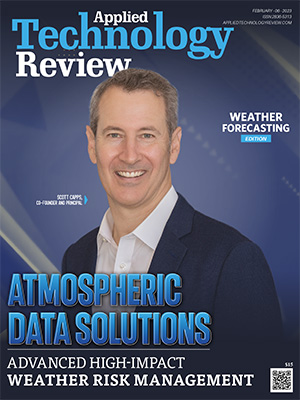Weather forecasting is an essential component of our daily lives, affecting everything from transportation to agriculture and even our personal plans. Advancements in technology have transformed the way we receive and understand weather information, and new trends are continuously emerging in this field. In this article, we’ll explore some of the latest trends in weather forecasting technology. With the rise of big data, weather forecasters are now able to gather and analyze vast amounts of information from various sources, such as satellite imagery, ground-based sensors, and social media. This allows them to create more accurate and localized weather predictions, which can help people make more informed decisions. Machine learning is being used to improve the accuracy of weather forecasts by analyzing historical data and predicting future trends. This technology can also help identify patterns and anomalies that may be missed by human forecasters, leading to more accurate predictions. IoT is becoming an increasingly important tool in weather forecasting, with sensors being placed in various locations to gather real-time weather data. This data can then be fed into computer models to create more accurate and localized weather predictions.
AI is being used to improve the speed and accuracy of weather forecasting by analyzing large amounts of data in real-time. It can also identify patterns and anomalies that may be missed by human forecasters, leading to more accurate predictions.
Virtual and augmented reality technology is being used to enhance the way weather information is presented to the public. This includes creating interactive weather maps, animations, and simulations to help people understand the weather patterns and potential impacts.
Weather forecasting technology is undergoing rapid changes, with a focus on big data analytics, machine learning, IoT, AI, cloud computing, and virtual and augmented reality. These trends are helping to improve the accuracy, speed, and accessibility of weather information, making it easier for people to plan and prepare for various weather conditions. As these technologies continue to evolve, we can expect even more advanced and reliable weather forecasts in the future.


















